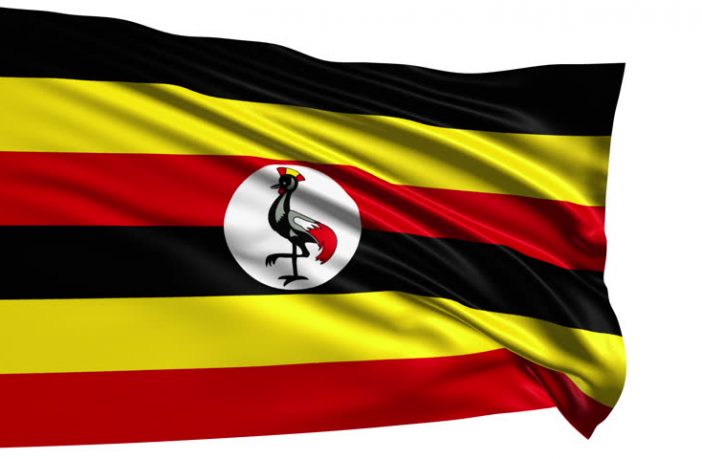- A strengthened regulatory framework for renewable energy investment can be just as (or more) valuable as a new power plant.
- Strive towards developing specific and measurable Key Performance Indicators (KPIs) and targets for Turn Around (TA) and institutional capacity building.
- An integrated monitoring approach can contribute to more active steering towards results, in addition to ensuring performance and compliance.
- Work smarter, not harder.
GET FiT Uganda triggered the construction of 17 renewable energy projects across the country, increasing Uganda’s power generation capacity by 21%. Whilst this alone is a considerable and easy to measure achievement, programme targets stretched far beyond the energy generated. Here are some of the lessons learned:
Take the time to ensure that the targets and Monitoring and Evaluation (M&E) framework (often heavily influenced by donors) truly reflect reality.
Do not be afraid to allow the framework to be finalised (even of the baseline) in parallel with the early implementation phases, as this may help improve the relevance and robustness of the framework with little or no compromise of the integrity of the process. A relevant framework also requires broad participation from local stakeholders throughout the process.
“Soft” results are hard to quantify, yet often vital to long-term sustainability of a Public Private Partnership Programme.
A strengthened regulatory framework for renewable energy investment can be just as (or more) valuable as a new power plant, for example. However, qualitative results relating to improved institutional or human capacity can be difficult to quantify, and are often left out of result frameworks. Strive towards developing specific and measurable Key Performance Indicators (KPIs) and targets for Turn Around (TA) and institutional capacity building.
This will strengthen the evidence base and provide a more concrete starting point for future in-depth assessments. Accepting that not all soft results can be quantified in a meaningful way, put in place strict reporting routines to make sure qualitative output and outcomes are captured in the best way possible, and make them readily accessible for future performance review.
Consider whether the results monitoring mandate and resources should be integrated with implementation or utilised towards an external monitoring consultant.
An integrated monitoring approach can contribute to more active steering towards results, in addition to ensuring performance and compliance. The feasibility of this approach will depend on available resources within the implementation team. To maintain integrity, an internal mandate for results reporting requires a comprehensive and fully transparent M&E framework, as well as external evaluations along the way. Importantly, in-house monitoring must be set up in a way that enables facilitation of external performance reviews or evaluations at any stage of implementation.
Work smarter, not harder.
To the extent possible, data collection, analysis and reporting should be streamlined and automated. In GET FiT Uganda, introduction of electronic surveys led to efficiency gains both for the implementation team and Programme stakeholders with reporting duties. Establishment of a tailor-made database for automated aggregation and presentation of results contributed to more efficient semi-annual reporting and enhanced data security.
Author: GBA News Desk















